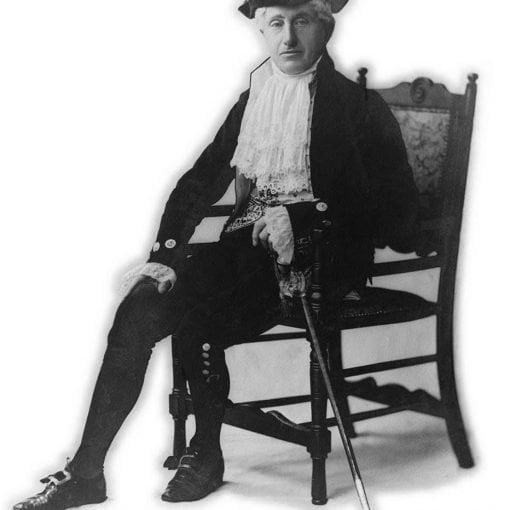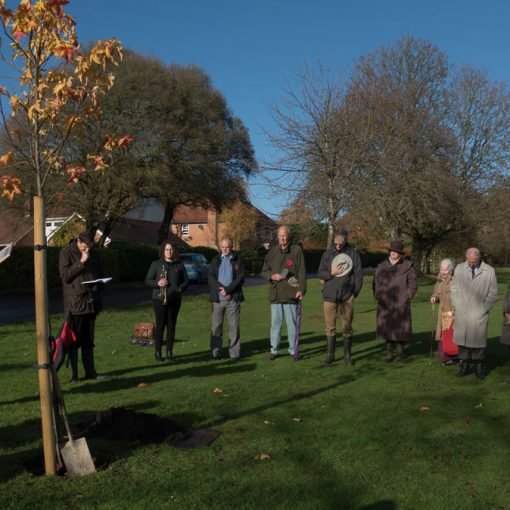Table of Contents
Shawford Train derailment – July 1952
Were you aware there had been a major train derailment at Shawford?
The following is taken from The Ministry of Transport Report on this railway accident prepared by Brigadier C A Langley in October 1952.

One fine Sunday afternoon in July 1952 the Southampton to Waterloo passenger train comprising of seven coaches drawn by a 4-6-0 Type Lord Nelson class engine (No. 30854 Howard of Effingham) was approaching Shawford Station on the Up Local line of the four track main line from Eastleigh at about 30mph. (Just before the station this line joins the Up Through line by a set of points forming a two track line. The continuation of the Up Local line at this point ends into a short siding then a sand-drag at the end of the trap siding before the station.)
The driver mistook the signals ahead and passed the Up Local Home signal at Danger. This signal which controls the exit from the Up Local to the Up Through line a quarter of a mile ahead, was being maintained at Danger in order to give preference to a Southampton to Waterloo Boat Train on the Up Through line which was running late. The local train and carriages weighing 373 tons over-ran for a distance of 560 yards and went through the sand drag at the end of the trap siding. The engine overturned down the 20ft height embankment and was followed by the tender and leading coach. The fireman was thrown clear but the driver remained at the footplate. There were no casualties among the 70 passengers nor were any of the crew injured. The passengers were transferred to the following Boat train which stopped at the flags and detonators applied by the guard of the derailed train. The coaches of the derailed train were towed back to Eastleigh and the Up Local line was reopened 3 hours later. The overturned engine was recovered 10 days later.
The Driver of the derailed train said he saw the initial signal on his line was at Caution and closed the regulator and partially applied the brakes. His engine was making a lot of smoke and he did not see the subsequent Danger signal. He misread the Up through lines signal as his own and therefore reopened the regulator. The driver did not realise he had overrun the signal until he saw the facing points set for the siding instead of the crossover. He applied the brakes but the train entered the sand drag at 20-25 mph before it overturned.

The Driver, aged 54, admitted his mistakes but he had been based elsewhere and seldom travelled this route. He had learned the route 10 years previously and had been refreshed as an extra on the footplate 3 months before. The Report on the Accident advised that Drivers should have greater familiarity with the routes they travel.
Peter Betts and Ian Acton. December 2018
Notes and References:
- Accident at Shawford on 20th July 1952, Accident Summary on the Railway Archive website
- Ministry of Transport Railway Accidents Report on the Derailment which occurred on 20th July 1952 at Shawford in the Southern Region, British Railways. This document is available for download from the Railway Archive website.
- Off the Straight and Narrow – photographs and short descriptions of this and other railway accidents on SmugMug
- Wikipedia Southern Railway Lord Nelson Class describes the 16 engines of this class. Built in Eastleigh, they were designed for boat trains between London Victoria and Dover. They were later used for express passenger train services to the South West. The Wikipedia page describes accidents and incidents affecting the locomotives in this class, including derailments and enemy action. The only remaining locomotive of this class, though not currently operational, is the Lord Nelson, now part of the collection of the Watercress Line.
- Photo: 30854 Howard of Effingham Eastleigh 12th June 1949
Copyright and usage rights
- The MoT Accident Report does not contain any copyright statement. So we have been guided by the National Archives Crown Copyright description which includes this statement:
- “The default licence for most Crown copyright and Crown database right information is the Open Government Licence“.
- So we need to state that this page “Contains public sector information licensed under the Open Government Licence v3.0”.




